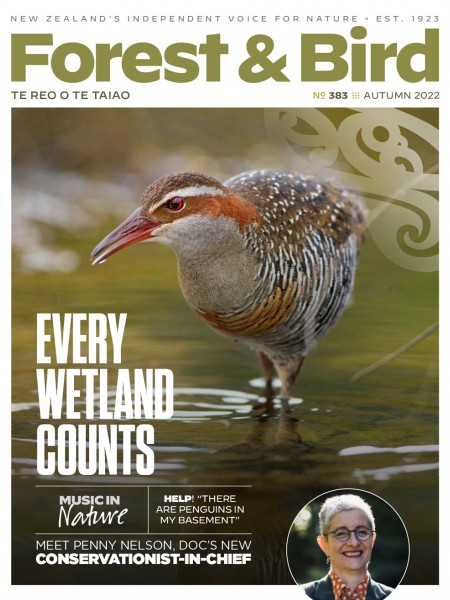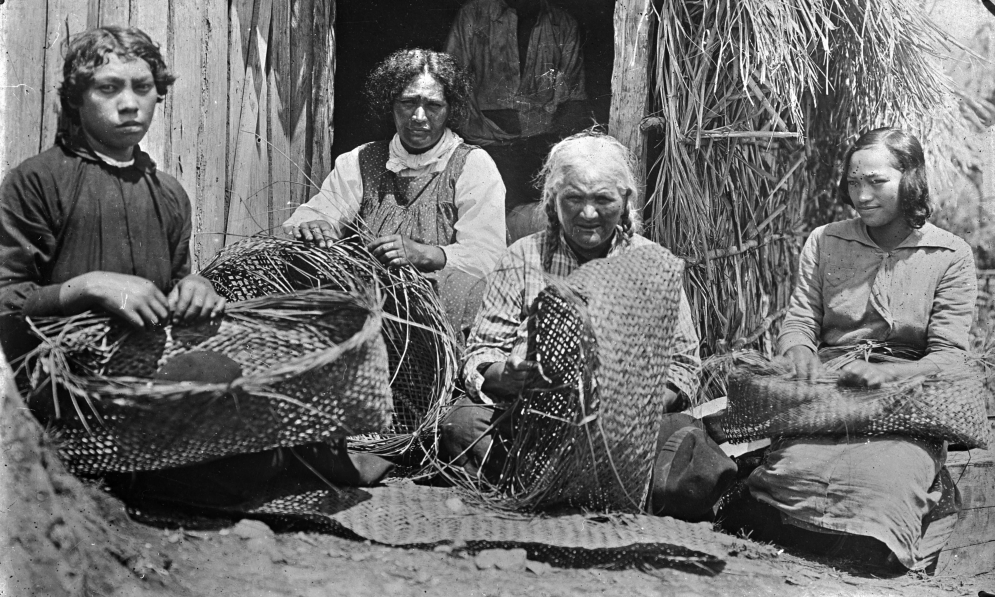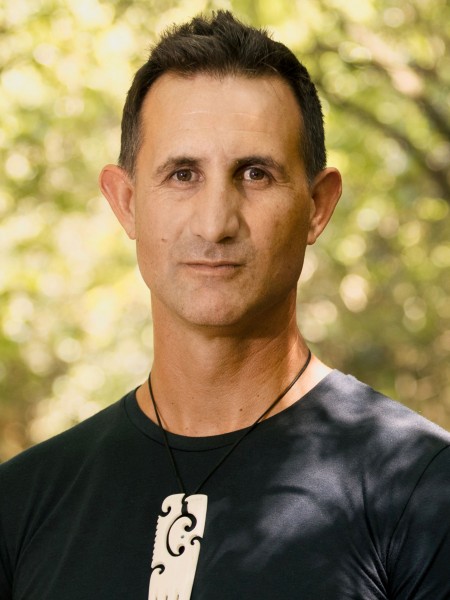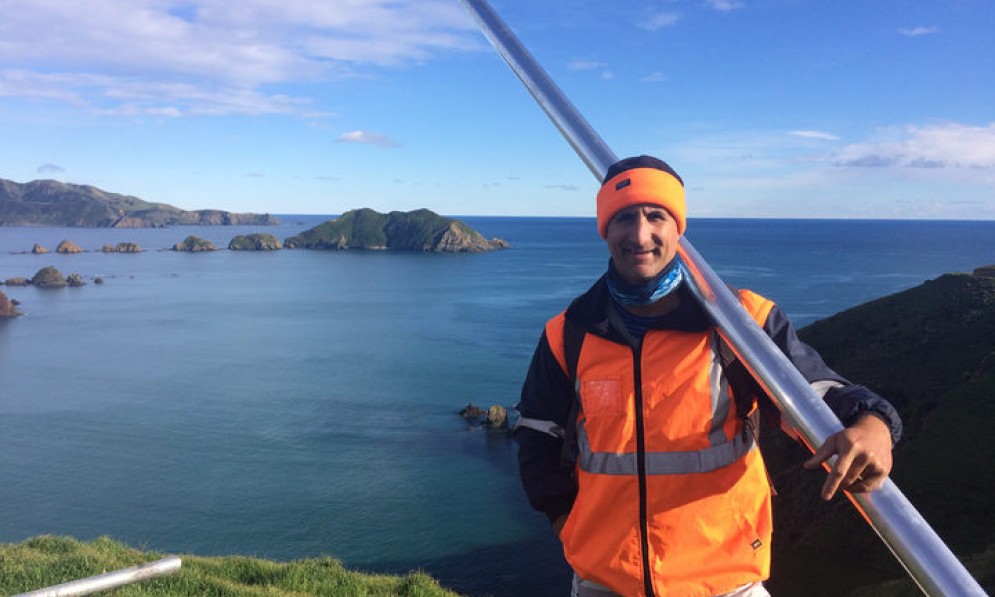How can mātauranga Māori indigenous knowledge help us adapt to climate change? By Jazmine Ropner
Indigenous cultures around the world have used place-based, seasonal, and ecologically attuned practices for millenia. For example, Native Americans learned that, if they regularly set small, controlled burns to thin out the underbrush, they could avoid the massive forest fires currently being seen in parts of California.
Similarly, in Aotearoa, tīkanga traditional customs and protocols, drawn from an interconnectedness with nature, have been passed down the generations for hundreds of years. Today, conservationists and scientists are examining these concepts and engaging with Māori to better understand how mātauranga Māori indigenous knowledge can help us adapt to a changing climate.
Forest & Bird magazine
A version of this story was first published in the Autumn 2022 issue of Forest & Bird magazine.

Researchers involved in National Science Challenges are working to weave together current scientific knowledge and traditional Māori indigenous knowledge. Using a framework called Vision Mātauranga, they are incorporating important Māori concepts in their research.
Dr Dan Hikuroa, a senior lecturer in Māori studies at the University of Auckland, is involved with the National Science Challenges and publishes his own research focusing on integrating Earth systems science and mātauranga Māori.
I ask him about the root causes of climate change according to a Māori worldview and how mātauranga Māori could help address its impacts.
“Climate change is mostly a result of poor practices, including the use of fossil fuels and nitrogen-rich fertilisers, combined with the principle of capitalism to generate profit. This has seen huge land-use change,” he says.
"Agriculture, horticulture, and forestry are part of New Zealand’s modern history and will have a role to play moving forward. However, some areas aren’t as well suited for these practices.
“Instead of focusing primarily on making a profit, we should shift to a framework where relationships, connections, food, shelter, wellbeing, water, and energy could be the main drivers of climate change adjustment.
“Māori have a deep connection to the natural world and understand that balance is fundamental. The way in which Māori understand the connections between their land, waterways, and important species provides a unique perspective.”
"Mātauranga Māori provides us with centuries of environmental indicators and climate trends. Incorporating this climate knowledge and how our ancestors adjusted to changing conditions would provide us with a greater understanding of where to go from here."
The Māori worldview is holistic and recognises climate has an impact on all the important aspects of life. Climate tohu indicators serve as guides for planting, fishing, harvesting, and travelling.
Mātauranga Māori recognises that, to protect taonga and the wellbeing of nature, it is vital to practice tīkanga. These practices have been generated through centuries of accumulated knowledge and observations of natural systems and human interactions.
“These tīkanga were passed down through generations through kōrero tuku iho [oral history] that often provide guides on how we might behave as those privileged to be users of those fruits of Papatūānuku Earth Mother and her offspring,” explains Dan.
“One expression of mātauranga Māori that can help is kaitiakitanga, the principle of intergenerational sustainability, and the practices, drawn from indigenous knowledge, to achieve it.
“We have user privileges for the bounty from the environment that we have connection and kinship with. Those privileges came with the condition to make sure resources are used in a sustainable or regenerative way.
“If these responsibilities weren’t upheld, our privileges were revoked.”
Every species on the planet is impacted by climate change, and we must respond. I ask Dan what a climate change response from a Māori perspective might look like?
“In these real challenges, it’s going to take a collective effort. Drawing from all the knowledge we have available to us makes more sense than drawing from a very narrow field of knowledge,” he says.
“It’s not that science doesn’t have a role to play. It has an enormous role, but so do the other ways of knowing, being, and doing that have either been marginalised or misunderstood.
“Mātauranga Māori provides us with centuries of environmental indicators and climate trends. Incorporating this climate knowledge and how our ancestors adjusted to changing conditions would provide us with a greater understanding of where to go from here.
“Western science needs to begin to look at the concepts that Māori use for climate change decisions and how they fit into the climate change adaptation narrative. I am optimistic and believe that we can dig ourselves out of the hole we have created,” he adds.

Group of Māori women weaving kete flax baskets at Rangiahua 1918. Godber Collection Alexander Turnbull LibraryWikimedia
Just transitions
It’s well documented how coastal areas face multiple climate change risks, including ocean acidification, rising sea levels, erosion, and flooding. Global warming is also altering ocean ecosystems, resulting in the loss or decline of many important harvest species.
“Climate change affects everyone, but Māori suffer disproportionately both in terms of physical changes to their environment and how they are compensated to adapt to the warming planet,” says Dr Dan Hikuroa.
“Māori people traditionally move according to the seasons. As a result of colonisation, they have had to define where they live, and now many communities find themselves at coastal margins.
“Māori infrastructure, houses, marae, sacred places, burial grounds, and traditional fishing grounds are all at risk [from climate impacts].”

Dr Dan Hikuroa, University of Auckland.
Māori customs, including manaakitanga hospitality and the traditional harvest of taonga species such as pāua, are directly impacted by climate change. It also disrupts the ancient seasonal indicators that Māori use for growing and gathering kai, including species migration and plant flowering.
“In the national climate change risk assessment, risk is correlated to things that have value. However, some of the things that Māori value weren’t weighted as heavily in the assessment, therefore weren’t regarded as at risk,” adds Dan.
“There needs to be more support for Māori in New Zealand’s transition to a low-carbon economy. We are at a crossroads, where decisions made 100 years ago are now bearing out terrible ramifications for the current population and our children and our children’s children.
“At some point, we must ask ourselves, do we continue with this? And that’s where Māori worldview and mātauranga approaches might come in.”

